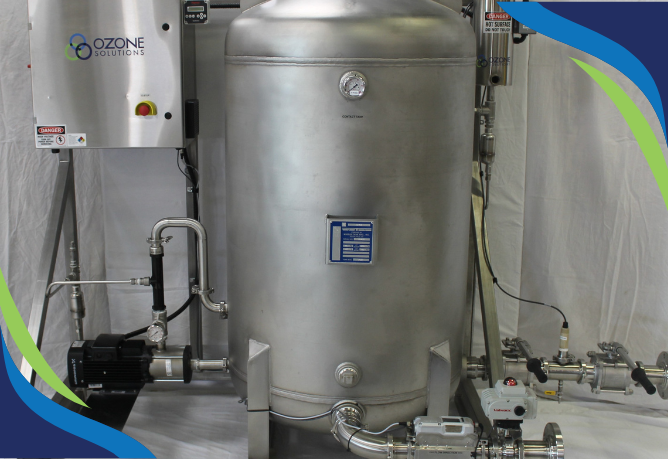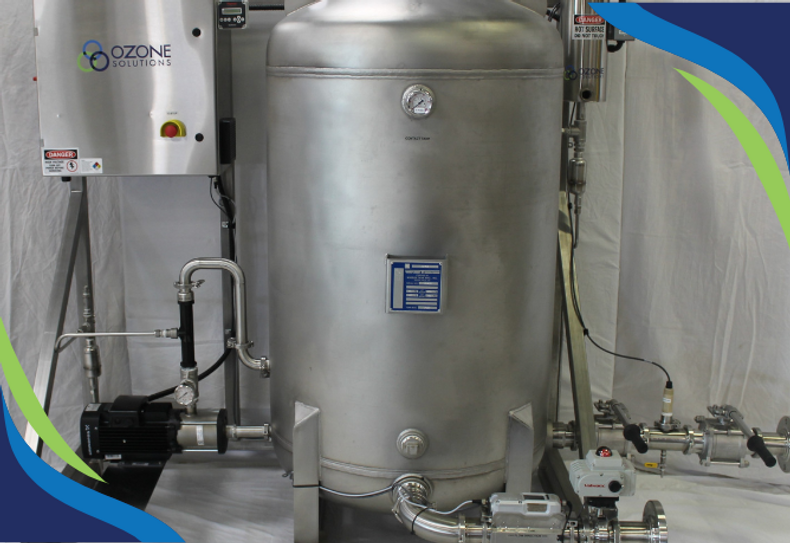
In the quest for cleaner, fresher air, ozone generators have emerged as powerful tools for commercial environments. From hotels and restaurants to gyms and medical facilities, these ozone-generating devices offer a promising solution to tackle odors, contaminants, and pathogens. However, harnessing the power of ozone in commercial settings requires more than just plugging in a machine. It demands careful attention to safety protocols, regulatory considerations, and proper ventilation practices to ensure the well-being of occupants and employees.
Exposure to high concentrations of ozone can cause a variety of health problems, particularly respiratory issues. Short-term exposure may result in coughing, chest pain, throat irritation, and shortness of breath, while long-term exposure can lead to chronic respiratory conditions such as asthma and decreased lung function. Individuals with pre-existing respiratory conditions, children, elderly individuals, and pets are especially vulnerable to the effects of ozone exposure.
Workers who operate or maintain ozone generators without proper training and protective equipment are at risk of occupational exposure to ozone. Prolonged or repeated exposure to ozone in commercial settings can lead to occupational health issues and may result in OSHA violations.
Failure to comply with regulatory requirements governing the use of ozone generators can result in regulatory violations and potential fines or penalties. Regulatory agencies such as OSHA, the EPA, and local health departments may impose sanctions for violations related to improper use of ozone generators, inadequate ventilation, or exceeding permissible ozone levels.
Ozone emissions from improperly used ozone generators can contribute to outdoor air pollution and ozone depletion in the upper atmosphere. Ozone is a potent greenhouse gas and a primary component of smog, which can have adverse effects on human health and the environment.
Understanding Ozone Generation
Before delving into the specifics of safely using ozone generators in commercial settings, it's essential to grasp the fundamentals of ozone generation. Ozone (O3) is a naturally occurring molecule composed of three oxygen atoms. It is a potent oxidizing agent with the ability to break down organic and inorganic substances, making it effective for odor elimination and disinfection.
Ozone generators work by producing ozone through the electrical discharge of oxygen molecules in the air. This generated ozone then reacts with odors, bacteria, viruses, and other pollutants, either neutralizing them or converting them into harmless byproducts. However, while ozone can be highly effective, it can also pose health risks if not used properly.
Safety Protocols for Ozone Generator Use
- Occupancy Control: One of the most critical safety considerations when using ozone generators in commercial settings is controlling occupancy. Ozone can be harmful when inhaled in high concentrations, so it's crucial to ensure that no one is present in the treated area during operation. Establish clear protocols for evacuating spaces before ozone treatment begins and provide adequate signage to alert occupants.
- Personal Protective Equipment (PPE): For individuals responsible for operating ozone generators or performing maintenance tasks, appropriate PPE is essential. This may include gloves, goggles, and respiratory protection to prevent direct contact with ozone or its byproducts.
- Training and Education: Proper training and education are key to ensuring that employees understand the potential hazards associated with ozone generators and know how to use them safely. Provide comprehensive training on operating procedures, safety protocols, and emergency response measures.
- Monitoring and Oversight: Regular monitoring of ozone levels during operation is essential to prevent overexposure and ensure compliance with safety standards. Utilize ozone sensors or monitoring devices to measure ozone concentrations in the air and adjust generator settings accordingly.
- Regulatory Considerations: In addition to internal safety protocols, commercial establishments must also adhere to regulatory requirements governing the use of ozone generators. These regulations may vary depending on the jurisdiction and the specific application of ozone technology. Some key regulatory considerations include:
- Occupational Safety and Health Administration (OSHA): OSHA sets standards for workplace safety, including regulations related to hazardous substances and air quality. Employers must comply with OSHA regulations to ensure a safe working environment for employees.
- Environmental Protection Agency (EPA): The EPA regulates the use of ozone generators and other air purification devices to protect public health and the environment. Commercial establishments must ensure compliance with EPA guidelines regarding ozone emissions and indoor air quality.
- Local Health Departments: Many local health departments have specific regulations or guidelines governing the use of ozone generators in commercial settings. It's essential to consult with local authorities to understand any applicable requirements and obtain necessary permits or approvals.
- Proper Ventilation Practices: Effective ventilation is critical for safely using ozone generators in commercial spaces. Proper ventilation helps to disperse ozone and its byproducts, reducing the risk of overexposure to occupants and employees. Consider the following ventilation practices:
- Natural Ventilation: Whenever possible, utilize natural ventilation by opening doors and windows to allow fresh air to circulate during and after ozone treatment. This helps to dilute ozone concentrations and accelerate the breakdown of ozone into oxygen.
- Mechanical Ventilation Systems: In spaces with mechanical ventilation systems, ensure that they are properly configured to exhaust ozone-laden air to the outdoors. Regular maintenance and inspection of ventilation systems are essential to ensure optimal performance and prevent ozone buildup indoors.
- Airflow Management: Pay attention to airflow patterns within commercial spaces to ensure uniform distribution of ozone and effective treatment of targeted areas. Use fans or air movers to enhance airflow and facilitate ozone dispersion.
Conclusion
Ozone generators offer a powerful solution for improving indoor air quality and eliminating odors and contaminants in commercial settings. However, their safe and effective use requires careful attention to safety protocols, regulatory considerations, and ventilation practices. By implementing comprehensive safety measures and adhering to applicable regulations, commercial establishments can harness the benefits of ozone technology while prioritizing the health and well-being of occupants and employees. By prioritizing safety through employee training, risk assessment, regulatory compliance, proper ventilation, and ongoing monitoring, commercial establishments can harness the benefits of ozone technology while mitigating potential health and safety risks. With a proactive approach to safety and adherence to best practices, businesses can create healthier indoor environments for occupants and employees while reaping the benefits of ozone technology for odor control, air purification, and pathogen disinfection.

